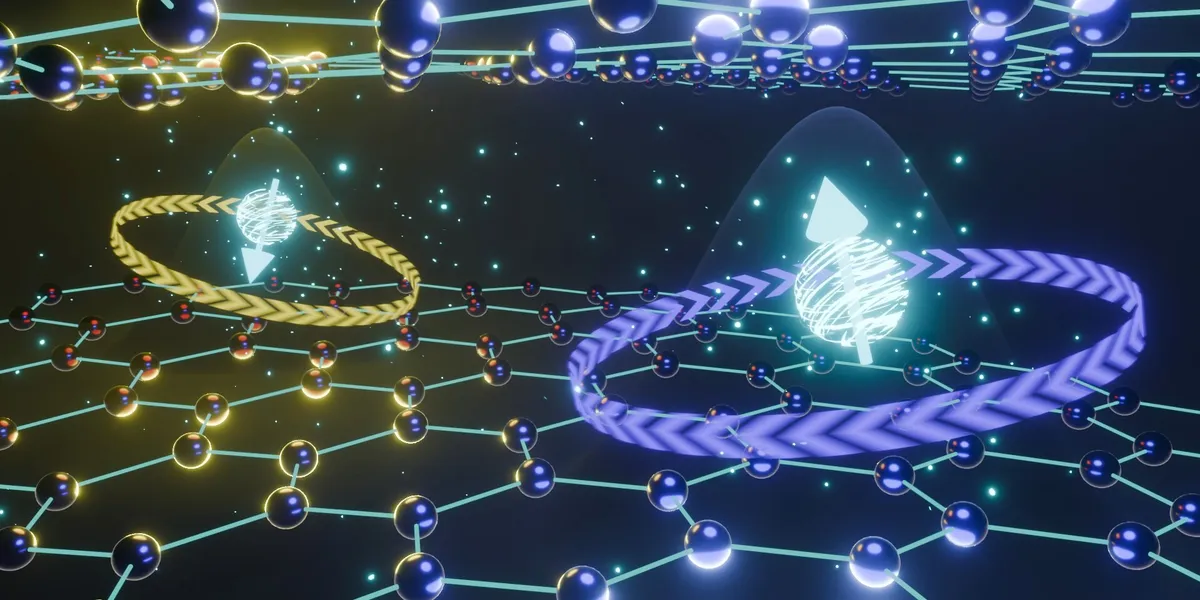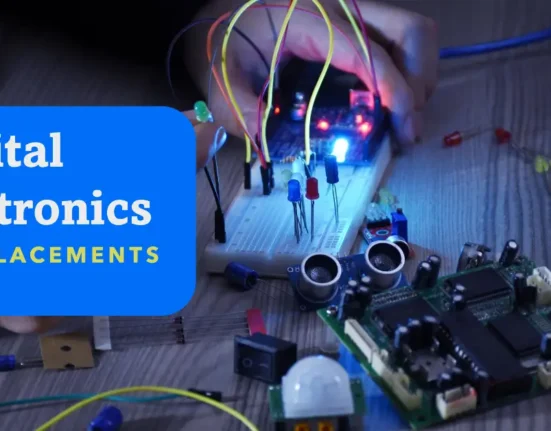A new study from ETH Zurich shows that bilayer graphene (BLG) could be a promising platform for quantum computing. The researchers found a type of qubit that exist within BLG for longer duration, which could lead to new possibilities for solid-state quantum computing..
Understanding Valley Qubits:
The valley qubits used by the Zurich researchers are a different type of qubit than the spin qubits that are widely used in current quantum-computer designs. The valley qubits take advantage of an extra property of electrons, called the valley degree of freedom, which is related to the energy and momentum of the electrons. This allows the valley qubits to manipulate quantum information in a different way than spin qubits.
How valley Qubits have 20X more coherence time
One of the main challenges in quantum computing is to preserve and manipulate the information stored in qubits over time. This depends on how long a qubit can stay coherent, or in a superposition of two states. The researchers have developed a new type of qubit, based on the valley degree of freedom, that can keep its coherence up to 20 times longer than qubits based on spin. This makes them more suitable for practical quantum computing applications.
Graphene, a two-dimensional material composed of a single layer of carbon atoms arranged in a hexagonal lattice, has already demonstrated remarkable electronic properties. In bilayer graphene, two sheets of carbon atoms stack on top of each other, creating a unique platform with tunable band gaps through the application of an electric field perpendicular to the layers. This tunability makes it attractive for engineering quantum dots—nanoscale boxes capable of confining electrons—whose free-form properties could be exploited for quantum computing.
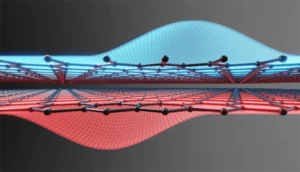
Valley Qubits’ unique Properties
Rebekka Garreis, a researcher at ETH Zurich and coauthor of this research, explains that a quantum dot embedded in the graphene layers has access to two electronic valleys. Without an external magnetic field, the two energy states in this valley are degenerate. Therefore, an electron in a BLG quantum dot can populate either of the two valleys. However, if an external magnetic field is applied, it is possible to separate the two energy levels of the valleys, similar to hyperfine splitting of an atom’s electronic energy states due to interactions between the atom’s nuclear and electronic magnetic moments.
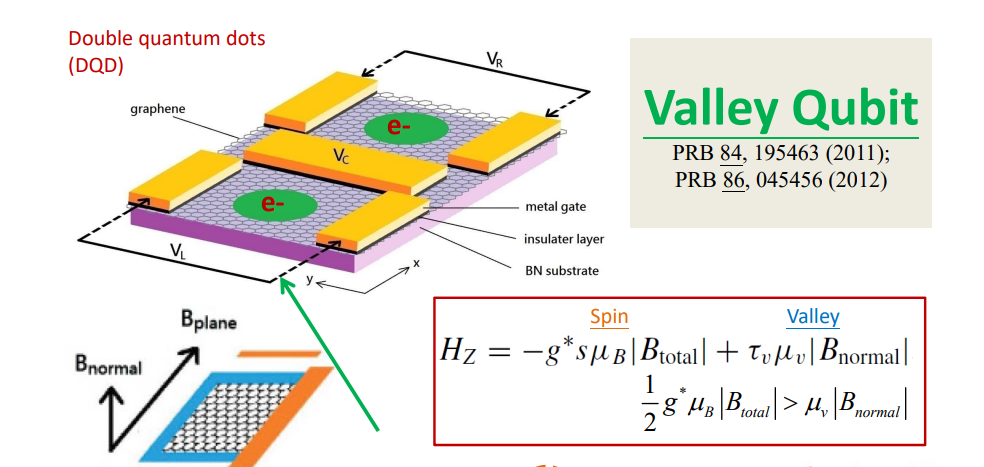
Unlike other materials, BLG allows the speed of the valley splitting to be adjusted. Garreis said, “This feature, along with the long relaxation time and easy access of the valley degree of freedom, makes it a promising candidate for qubit implementation.”
BLG is a unique material with some attractive properties for computing, Garreis says. “The fact that the first measurements of relaxation times are already comparable to state-of-the art quantum dots in silicon without specific optimization gives room to imagine even better times in the future,” she added.
The key insight behind this new study is the remarkable stability of valley states, Garreis explains. The researchers report that valley states can last for more than 500 milliseconds, which is promising for future valley qubits. On the other hand, the spin relaxation time in BLG, Garreis says, is less than 25 milliseconds. Quantum dots in conventional semiconductors, she adds, also have quantum coherence in the same or lower range.
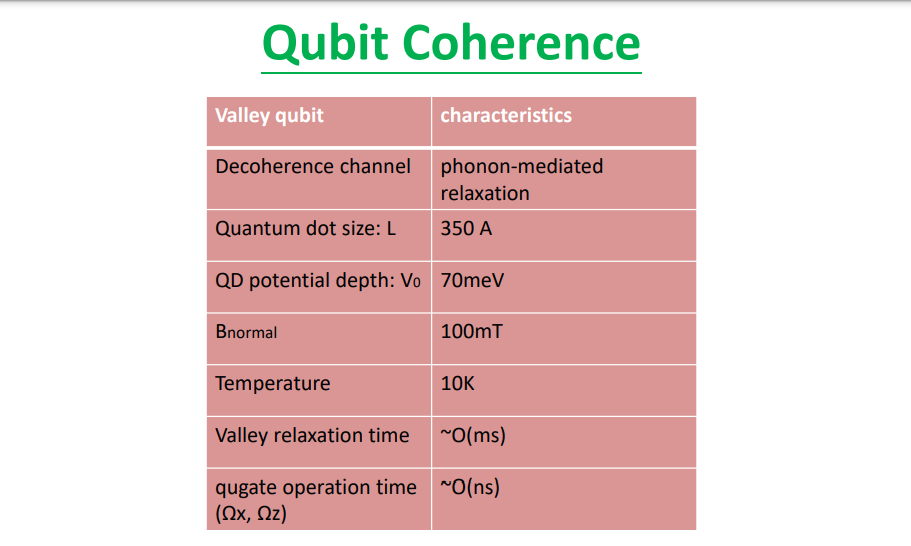
“The long relaxation time of valley states in BLG, exceeding 500 milliseconds, holds promise for high-quality qubit operations,” said Garreis.
Long Lasting Valley Qubits
BLG is not only a promising quantum-computing platform because of its long-lasting valley qubits, but also because of other features. For instance, its geometry and physical properties allow for in situ manipulation of the valley degree of freedom, which is essential for hosting and controlling qubits, she explain
Challenges and Solutions:
Quantum computing in this new medium faces the same persistent paradox: How to protect qubits from noise while also allowing quantum-logic gates to manipulate them. Garreis says that BLG valley-qubit gates could be controlled by electric fields, which are easier to generate and apply than magnetic ones.
On the other hand, spin qubits interact only with magnetic fields, which pose more difficulties for a practical spin-qubit quantum computer. For example, she says, a spin qubit-logic gate might require complex arrangements of tiny magnets on or near the qubits or coupled networks of adjacent nuclear spins.
Looking Ahead:
Rebekka Garreis concludes by envisioning even better times in the future, emphasizing BLG’s potential as a quantum-computing platform. The research paves the way for high-quality qubit operations and positions BLG as a leading candidate in the quest for practical and efficient quantum computing.
In summary, the collaborative efforts at ETH Zurich have thrust bilayer graphene into the spotlight of quantum computing, unlocking a realm of possibilities with longer coherence times, unique valley qubits, and the potential for streamlined quantum-logic gates. The journey towards a quantum future takes a quantum leap with the revolutionary capabilities of bilayer graphene.

